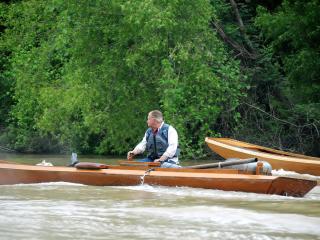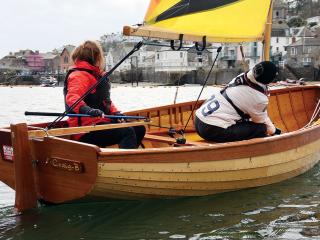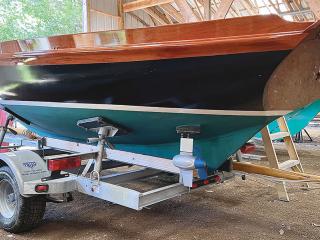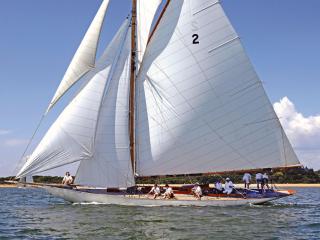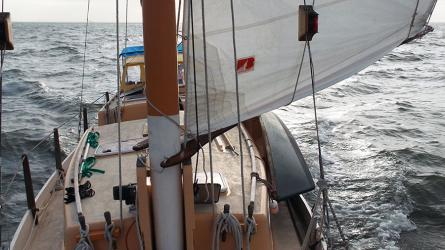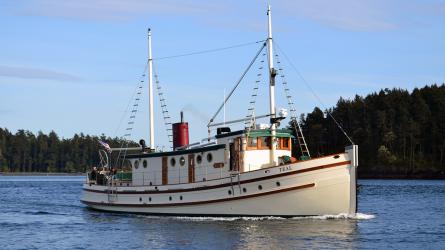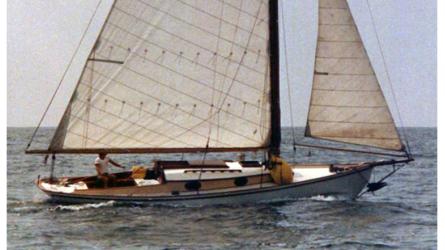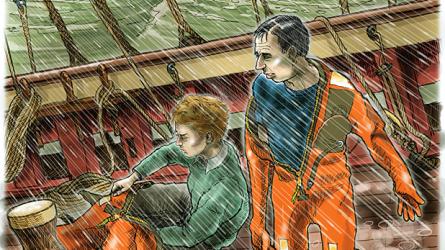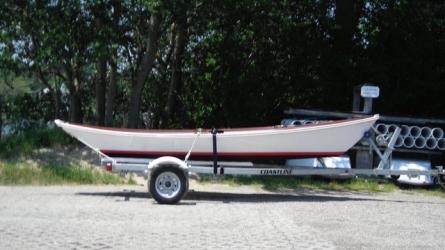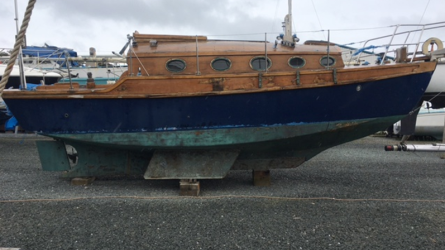September / October 2022
High Expectations
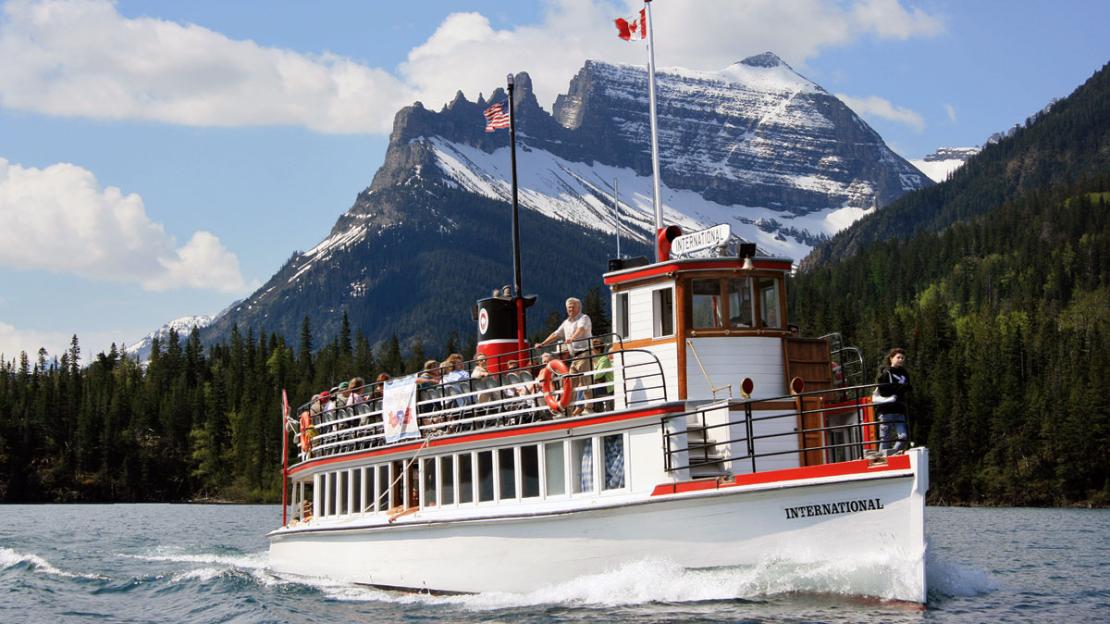
KEITH ROBINSON
INTERNATIONAL has traversed the boundary between Alberta and Montana countless times in her 95 years of service on Upper Waterton Lake, where she was built and where she continues to give passengers a dramatic experience of the Rocky Mountains.
On a quiet morning in September 1927, a fresh, new wooden excursion boat sat on its ways waiting to be launched. In the years of economic boom before the Great Depression, the same scene was undoubtedly playing out in many yards big and small across the United States. This boatyard, however, was remarkable for its location: it was on the shore of Upper Waterton Lake, high in the Rocky Mountains in Montana, which in the 1920s would have been considered one of the most remote places in the then-48 American states. Even more remarkable, today, nearly a century later, she is well cared for and is still carrying sightseeing passengers on the lake where she was built.
Her construction was challenging, but the boat itself was not all that remarkable for her times. She was 73' long with a beam of 17' and a displacement of 56 tons (22.25m × 5.2m; 56.9 metric tons). Her backbone timbers and other structural pieces were of Douglas-fir with galvanized welded-steel reinforcements, and she was planked with western red cedar iron-nailed over steam-bent white-oak frames. Her brightwork was made of butternut, a comparatively modest choice compared to the more expensive walnut or mahogany. She had twin Sterling Petrel six-cylinder gasoline engines of 225 hp each. More handsome than beautiful, she was built on a modest budget for a utilitarian purpose.
She was commissioned by the Great Northern Railway Company, which in 1891 laid tracks through Marias Pass (elevation 5,213'; 1,589m). The tracks passed close to the southern edge of what would become Glacier National Park in 1910. That park in Montana had a contiguous counterpart founded 15 years earlier by Dominion Parks, today known as Parks Canada: Waterton Lakes National Park in Alberta. Great Northern, eager to increase passenger traffic, wasted no time in promoting the park as a tourism destination and built a variety of chalets and hotels with trails linking them. But the company quickly realized that the potential of the largest lakes would only be unlocked by having a sizable boat for sightseeing excursions and ferrying fishermen and hikers to remote landings.
To read the rest of this article:
Click the button below to log into your Digital Issue Access account.
No digital access? Subscribe or upgrade to a WoodenBoat Digital Subscription and finish reading this article as well as every article we have published for the past 50-years.
ACCESS TO EXPERIENCE
2-for-1 Print & Digital Subscription Offer
For this holiday season, WoodenBoat is offering our best buy one, get one deal ever. Subscribe with a print & digital subscription for $42.95, and we’ll give you a FREE GIFT SUBSCRIPTION to share with someone special.
1 YEAR SUBSCRIPTION (6 ISSUES)
PLUS ACCESS TO MORE THAN 300 DIGITAL BACK ISSUES
PRINT+DIGITAL $42.95
Subscribe
To read articles from previous issues, you can purchase the issue at The WoodenBoat Store link below.
 Purchase this issue from
Purchase this issue from
